Recipe Guide#
Earth2Studio recipes are reference solutions that focus on solving specific use cases. Recipes provide more complex implementations that may require deeper domain knowledge and familiarity with the codebase.
Warning
Earth2Studio recipes are in beta, thus may dramatically change/get moved.
What is a Recipe?#
While examples demonstrate how to use features, recipes focus on how to solve specific problems. Recipes are not intended to be turnkey solutions with every potential option; rather reference or boilerplate projects for different common use cases. Here’s how they differ:
Examples#
Self-contained JupyText format
Focus on demonstrating specific features
Include graphical output for sphinx gallery
Requirements must be part of earth2studio + docs dep group
Single GPU, A100 (40G) max resource requirement
Runs in less than 10 minutes
Recipes#
Require multiple support files
Focus on providing complete solutions
Configuration YAMLs/JSONs
Pythonic interaction through main.py
Requirements provided in pyproject.toml
May require more specific hardware or system dependencies
See Example Documentation for more information on creating an example.
Recipe Structure#
The recipe template, defines what a recipe should contain and look like including folders, README sections, support files, etc. Recipes have the following structure:
recipes/
|- recipe-name/
cfg/
|- config.yaml # Configuration files
src/
|- *.py # Support files
test/
|- test.py # Test files
main.py # Main interaction script
README.md # Recipe documentation
recipe-requirements.txt # Exported requirements
pyproject.toml # Project configuration
Recipe Guidelines#
Code Standards
Must follow all pre-commit standards and code practices
Must include end-to-end tests validating functionality
No images/data files/other file formats allowed in the repo, can link to externally hosted
Implementation or re-implementation of components that exist in Earth2Studio package is not encouraged. Upstreaming is a priority
Testing
Should include end-to-end tests with expected results to verify functionality
Not included in the main pytest suite
Tested following major release cycles
Ownership
Must have designated owners (listed as authors in
pyproject.toml)Owners responsible for fixing bugs and updates
Recipes can and may be removed based on their use / relevance
Dependencies
Must use shipped versions of Earth2Studio (not main branch)
Dependencies managed through
pyproject.tomlusing uvA
requirements.txtshould also be provided for pip install
Documentation
Clear README.md explaining purpose and usage
Can include JuPyText notebooks for interactive documentation
Should reference related examples when applicable
Links to the recipes should be added to the recipe index
Recipes can provide related plotting functionality
Creating a New Recipe#
To create a new recipe, you can use the template provided in the recipes directory:
cp -r recipes/template recipes/my_new_recipe
cd recipes/my_new_recipe
Update the pyproject.toml to reflect the correct meta data:
[project]
name = "newrecipe"
version = "0.1.0"
description = "My New Recipe"
readme = "README.md"
requires-python = ">=3.10"
authors = [
{ name="My Name", email = "optional@example.com" },
]
Inside the recipe dependencies can be added / removed using uv. For example:
uv sync
uv add cartopy
# Update the recipe-requirements.txt
uv export --format requirements-txt --no-hashes >> recipe-requirements.txt
Because recipes are more extensive, expect a longer review timeline. Making iterative updates expanding functionality is preferred.

